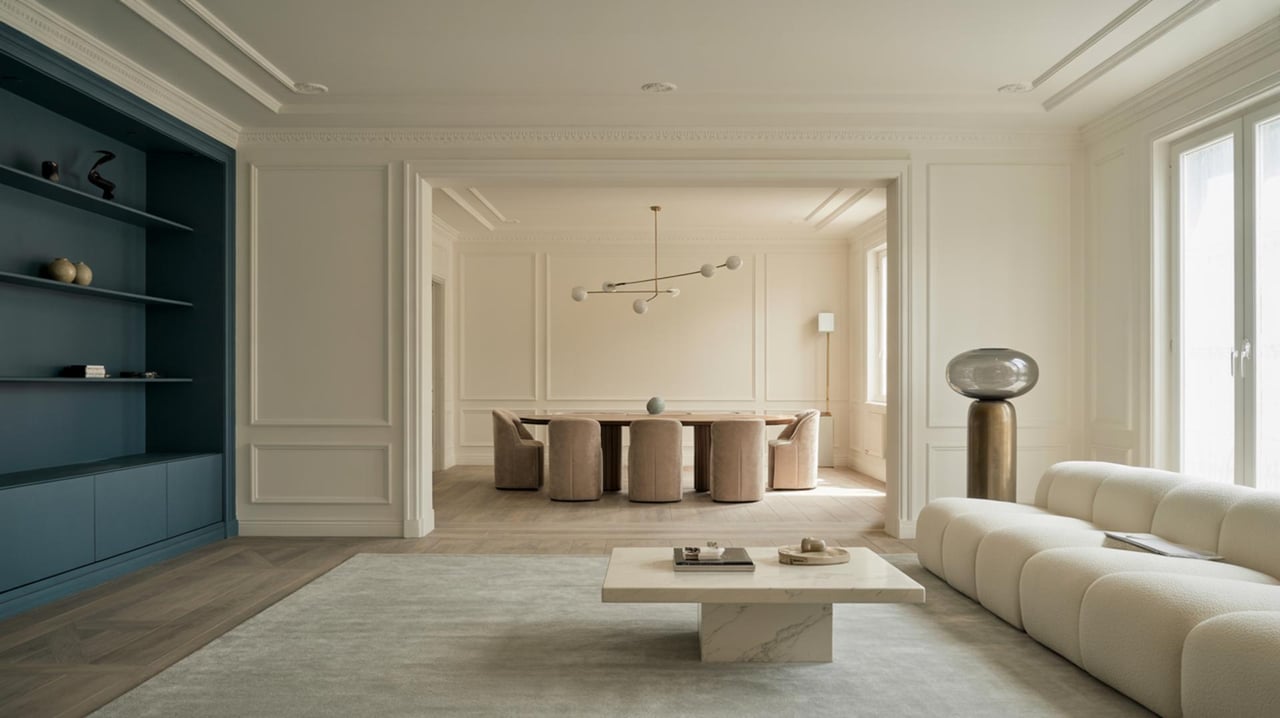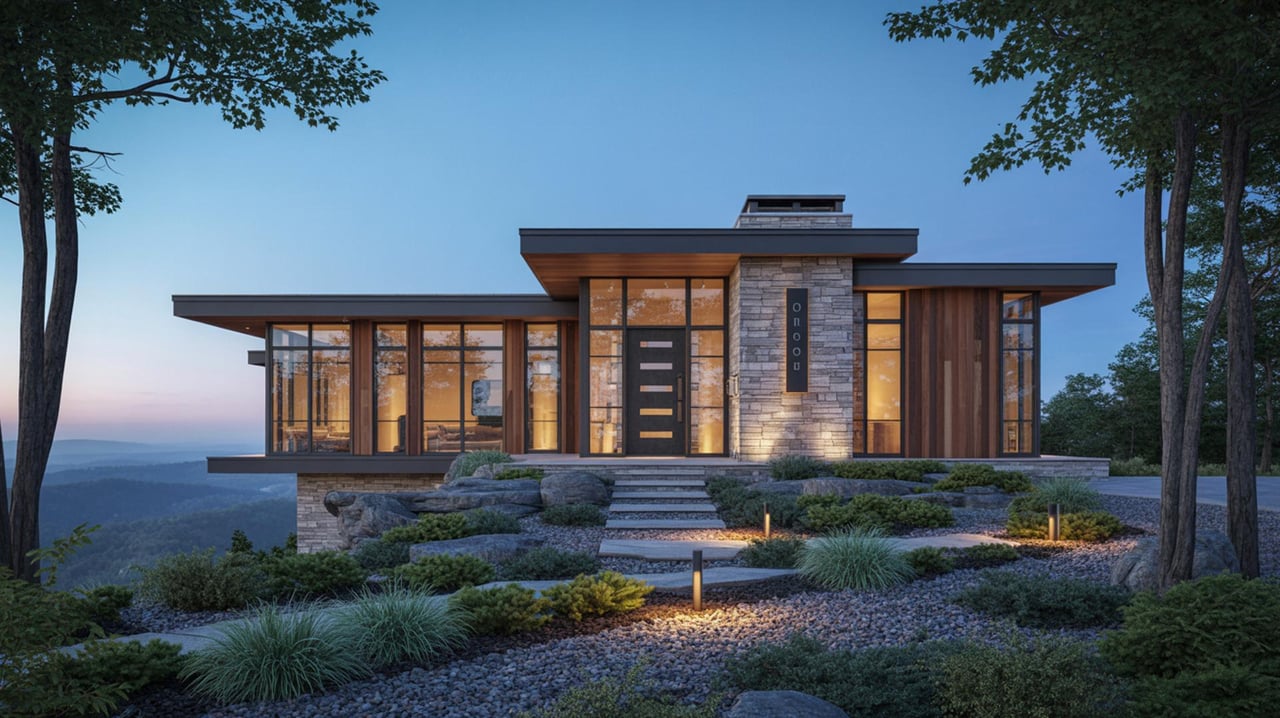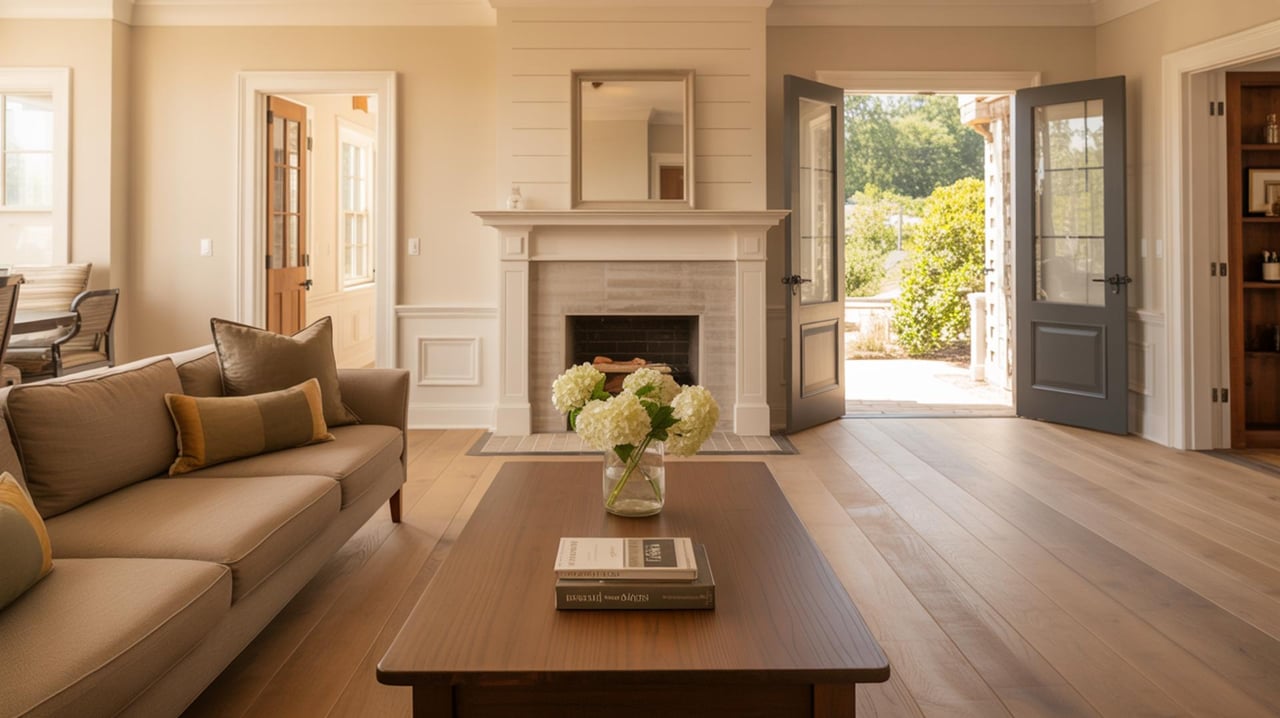Choosing the right paint color for each room in your home can transform your living space, creating an environment that reflects your personality and enhances your lifestyle. The right tones can influence mood, make spaces appear larger or cozier, and even affect how light interacts with your interiors. Understanding how to select and apply these tones effectively is key to achieving paint perfection in every room.
Understanding Color Psychology
Color psychology plays a significant role in how a room feels and functions. Different colors can evoke various emotions and set the tone for the activities that take place within a space. For instance, blues and greens are often associated with calm and relaxation, making them ideal for bedrooms and bathrooms. On the other hand, vibrant colors like red and orange can energize a space, making them suitable for areas like kitchens or home gyms. Understanding the psychological impact of colors can help you choose hues that align with the purpose of each room.
Considering Natural Light
The amount and quality of natural light a room receives can dramatically affect how paint colors appear. Rooms with abundant natural light can handle darker or more saturated colors, as the light will keep the space from feeling too enclosed. In contrast, rooms with limited natural light may benefit from lighter, more reflective colors to help brighten the space. Observing how light moves through a room at different times of the day can guide your color choices, ensuring that the tones you select maintain their intended effect throughout the day.
Creating a Cohesive Color Palette
A cohesive color palette ensures that your home feels unified and harmonious. When selecting paint colors, consider how each room connects to the others. Using a consistent color theme or complementary shades can create a seamless flow from one space to the next. For instance, if your living room features a soft gray, you might choose a lighter shade of gray or a complementary color like a muted blue for adjacent rooms. This approach not only enhances the aesthetic appeal but also contributes to a sense of balance and continuity throughout your home.
Accent Walls and Focal Points
Accent walls can add depth and interest to a room, drawing attention to specific architectural features or creating a focal point. Choosing a bold or contrasting color for an accent wall can highlight elements like a fireplace, built-in shelving, or a unique piece of artwork. When selecting an accent color, consider how it complements the primary color of the room and the overall color scheme of your home. This technique allows you to experiment with more daring colors without overwhelming the space.
Testing Paint Samples
Before committing to a color, testing paint samples on your walls is crucial. Paint can look different on a wall than it does on a swatch due to factors like lighting and room size. Apply samples to different walls and observe them at various times of the day to see how they change with the light. This step helps you avoid costly mistakes and ensures that the color you choose is the one you’ll love living with.
Choosing the Right Finish
The finish of your paint can impact both the look and durability of the color. Flat or matte finishes are excellent for hiding imperfections, making them a good choice for ceilings or low-traffic areas. Satin and eggshell finishes offer a slight sheen and are more durable, making them suitable for living rooms and bedrooms. For high-traffic areas like kitchens and bathrooms, semi-gloss or gloss finishes provide added durability and are easier to clean. Selecting the appropriate finish for each room ensures that your paint not only looks great but also stands up to daily wear and tear.
Incorporating Trends Wisely
While it can be tempting to follow the latest color trends, it’s important to consider how these choices will age over time. Trends can provide inspiration, but integrating them in a way that aligns with your personal style and the overall design of your home is key. Consider using trendy colors as accents or in spaces that are easy to update, such as a powder room or a feature wall. This approach allows you to enjoy current styles without committing to a complete overhaul when trends change.
Balancing Bold and Neutral Tones
Balancing bold and neutral tones can create a dynamic yet harmonious environment. Neutral colors like whites, grays, and beiges provide a versatile backdrop that allows bolder colors to stand out. Incorporating bold tones through accessories, artwork, or accent walls can add personality and vibrancy to a room. This balance ensures that your space remains visually interesting without becoming overwhelming.
Addressing Architectural Features
Architectural features such as moldings, trim, and ceilings can be highlighted or downplayed with the right paint choices. Painting trim in a contrasting color can draw attention to detailed woodwork, while painting it the same color as the walls can create a more seamless look. Ceilings are often overlooked, but painting them a lighter shade of the wall color or a soft white can enhance the sense of space and light. Considering these features in your color plan can elevate the overall design of your home.
Personalizing Your Space
Ultimately, the colors you choose should reflect your personal taste and the atmosphere you wish to create. Whether you prefer a serene retreat or a vibrant gathering space, your color choices should align with your vision for your home. Personalizing your space with colors that resonate with you can make your home feel truly yours, providing comfort and joy for years to come.
Transform Your Home with the Right Paint
Choosing the perfect paint tone can truly transform each room in your home, creating spaces that reflect your personality and style. With these expert tips, you're well on your way to achieving paint perfection. If you're looking to buy or sell a home and need more personalized advice, reach out to the experts at dunlaptnrealestate.com. They are ready to help you make your dream home a reality.



